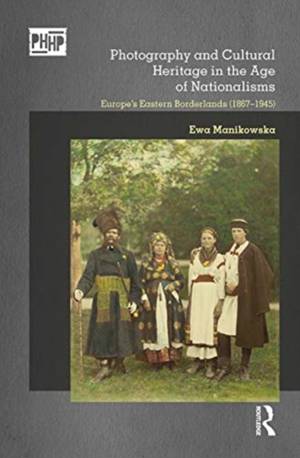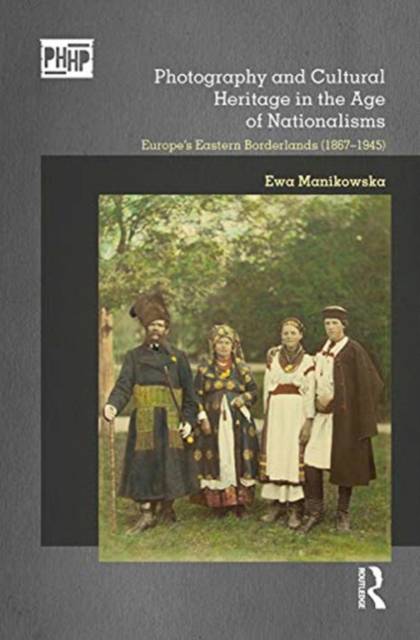
- Retrait gratuit dans votre magasin Club
- 7.000.000 titres dans notre catalogue
- Payer en toute sécurité
- Toujours un magasin près de chez vous
- Retrait gratuit dans votre magasin Club
- 7.000.0000 titres dans notre catalogue
- Payer en toute sécurité
- Toujours un magasin près de chez vous
Photography and Cultural Heritage in the Age of Nationalisms
Europe's Eastern Borderlands (1867-1945)
Ewa Manikowska
83,95 €
+ 167 points
Description
The second half of the 19th century was a time of extensive political upheaval in central east Europe that saw the negotiation of conflicting territorial claims in the region by the Russian, Austrian and Prussian empires. The post-WW1 settlement gave rise to the formation of the independent nation states of Poland, Lithuania, Ukraine, Latvia and Belarus. Less well know is that this same period was also an era of keen photographic activity. During this time of empire-, state- and nation-building, cultural heritage was a potent vehicle and a provider of collective memory and identity.This innovative account analyses the relationship between politics, history, cultural heritage and photography in central east Europe between 1859 and 1945. To understand the work photographs 'do' in the construction of cultural heritage, the author analyses a wide range of little-known photographic archives created by contemporary professional and amateur photographers. Their work was extensively exploited in contemporary debates, appearing in albums, books, journals, exhibitions, museum exhibits, postcards and newspapers aimed at both scientific and popular and national and international publics. An extensive analysis of how photographic practices and outcomes were applied, borrowed, copied, appropriated and transmitted shows how photography was used to exert or subvert power, on the one hand, and as a tool in constructing and negotiating group identities on the other. By weaving photography and its patterns of making, dissemination and archival survival through major historical narratives, this volume reveals the centrality of photography and visual discourse at pivotal moments of modern history.
Spécifications
Parties prenantes
- Auteur(s) :
- Editeur:
Contenu
- Nombre de pages :
- 262
- Langue:
- Anglais
- Collection :
Caractéristiques
- EAN:
- 9780367786977
- Date de parution :
- 31-03-21
- Format:
- Livre broché
- Format numérique:
- Trade paperback (VS)
- Dimensions :
- 156 mm x 234 mm
- Poids :
- 371 g

Les avis
Nous publions uniquement les avis qui respectent les conditions requises. Consultez nos conditions pour les avis.






